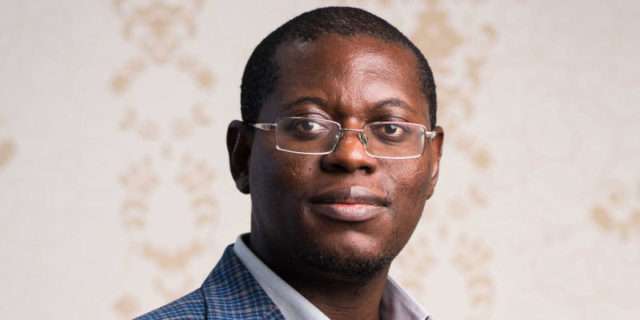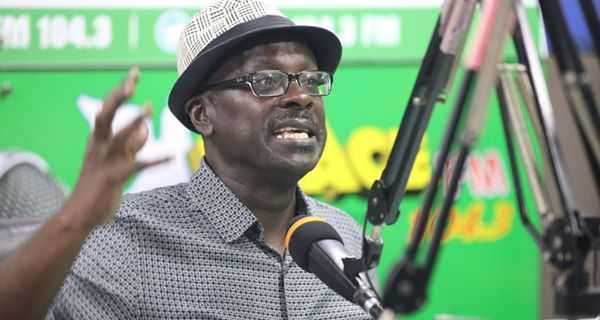The International Atomic Energy Agency (IAEA) has disclosed that it is providing technological and engineering support for the first of a kind construction and implementation of borehole disposal facilities for radioactive waste, as part of a pilot project underway in Malaysia and Ghana, funded by Canada.
Heather Looney, Head of the Nuclear Security of Materials and Facilities Section at the IAEA’s Division of Nuclear Security, underscored that the borehole system allows for “a permanent disposition, rather than storage, solution”.
“One of the most important benefits expected from this project is the overall enhancement of nuclear security and radiation safety at the national and regional level, as well as globally. The IAEA systematically assists countries to identify and implement optimal solutions for the safe and secure use, storage, and now permanent disposal of their radioactive sources. We hope that Malaysia’s success will encourage other countries to learn from the best practices in relation to borehole disposal of radioactive sources.”
Heather Looney
The IEA noted that Ghana is at an advanced stage of implementing its borehole project, with significant progress having been made in the regulatory authorization processes. The borehole facility construction is expected to begin as soon as the licensing review process is completed.
“We are implementing the borehole disposal system as a final solution for disused sealed radioactive sources generated in the country.
“The successful implementation of the borehole disposal system will provide the country with a licensed disposal facility, and at the same time will further enhance the human and technical capabilities required for the country’s nuclear power programme.”
Eric Tetteh Glover, Head of the Radioactive Waste Management Centre of the Radiation Protection Institute, Ghana Atomic Energy Commission
Sealed radioactive sources are important for many nuclear applications in industry, medicine, agriculture and research.
Their uses include treating cancer, extending food shelf life, sterilizing medical supplies, irradiating seeds to enhance food production, supporting oil and gas prospecting, measuring soil density for construction and in common smoke detectors.
A cradle-to-grave management approach to radioactive sources recognizes that a radioactive source continues to require safety and security arrangements after the end of its use, and ensures such continuous safety and security.
“The borehole disposal is a fit-for-purpose and cost-effective solution in general, because it is specifically designed for disposal of disused sealed radioactive sources (DSRSs) and is economically affordable in comparison with the other disposal pathways, such as geological disposal.”
Nora Zakaria, Head of the IAEA Waste Technology Section
Malaysia’s borehole disposal facility nears completion
In Malaysia, the preparatory work for the commencement of the borehole facility construction is now in its final stages and it is expected that the facility, which takes up to six weeks to build, will be operational soon.
Following the country’s request, the IAEA has been assisting the authorities and the national stakeholders, including the Malaysia Nuclear Agency (MNA) and the Atomic Energy Licensing Board (AELB), in developing guidance documents; designing and procuring borehole disposal equipment and tools; carrying out technical testing and facilitating capacity building, and more.

IAEA expert missions to Malaysia have focused on testing and providing guidance on the commissioning of the disposal operations and equipment, as well as on the oversight of the borehole facility construction. The Agency is also providing technical assistance and advice throughout the facility construction and through capacity building to develop the expertise required for its operation.
“The disposal of stored DSRSs into boreholes reduces safety and security risks and enables their efficient management.
“The implementation of the borehole disposal method allows Malaysia to dispose the majority of category three to five DSRSs in its stockpile, especially the sources which were used prior to the establishment of appropriate regulatory requirements and are still in storage, that are usually associated with management concerns.”
Mohd Zaidi Ibrahim, Manager at the Waste Technology Development Centre (WasTeC) of the Waste and Environment Technology Division in the Malaysian Nuclear Agency
The completion of borehole disposal facilities in Ghana and Malaysia aims to significantly reduce the risks related to the disused radioactive sources.
“The impact will go beyond the borders of these countries, as in the long-term this will be a model for other countries to follow. It is a major milestone for safety and security of disused sources.”
Anna Clark, Head of the IAEA of the Waste and Environmental Safety Section
Disposal is the final phase for sealed radioactive sources when they have reached their end of life and are declared radioactive waste.
However, disposal is not an easy task, because selecting the type of disposal facility depends on multiple factors, such as the type and quantity of radioactive waste; the existing and future environmental, geological, seismic and climate conditions; and available funds.
For countries with limited amounts of radioactive waste, disposal could theoretically involve safe, secure and permanent placement inside boreholes, deep underground.
READ ALSO: Some Corporate Trustees Had Prior Knowledge Of The Domestic Debt Exchange Programme- CLOGSAG





















